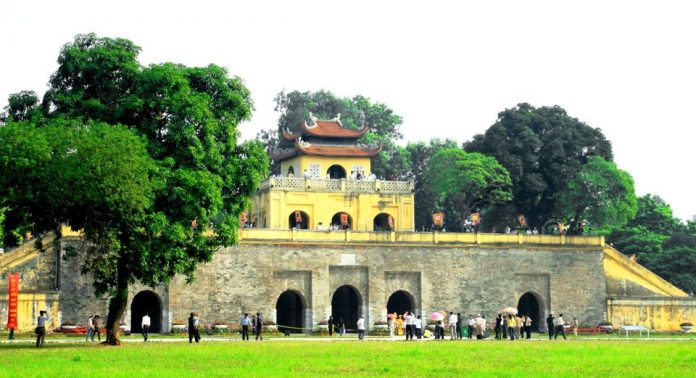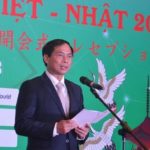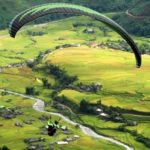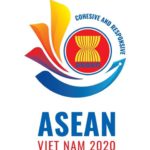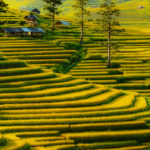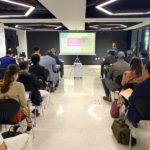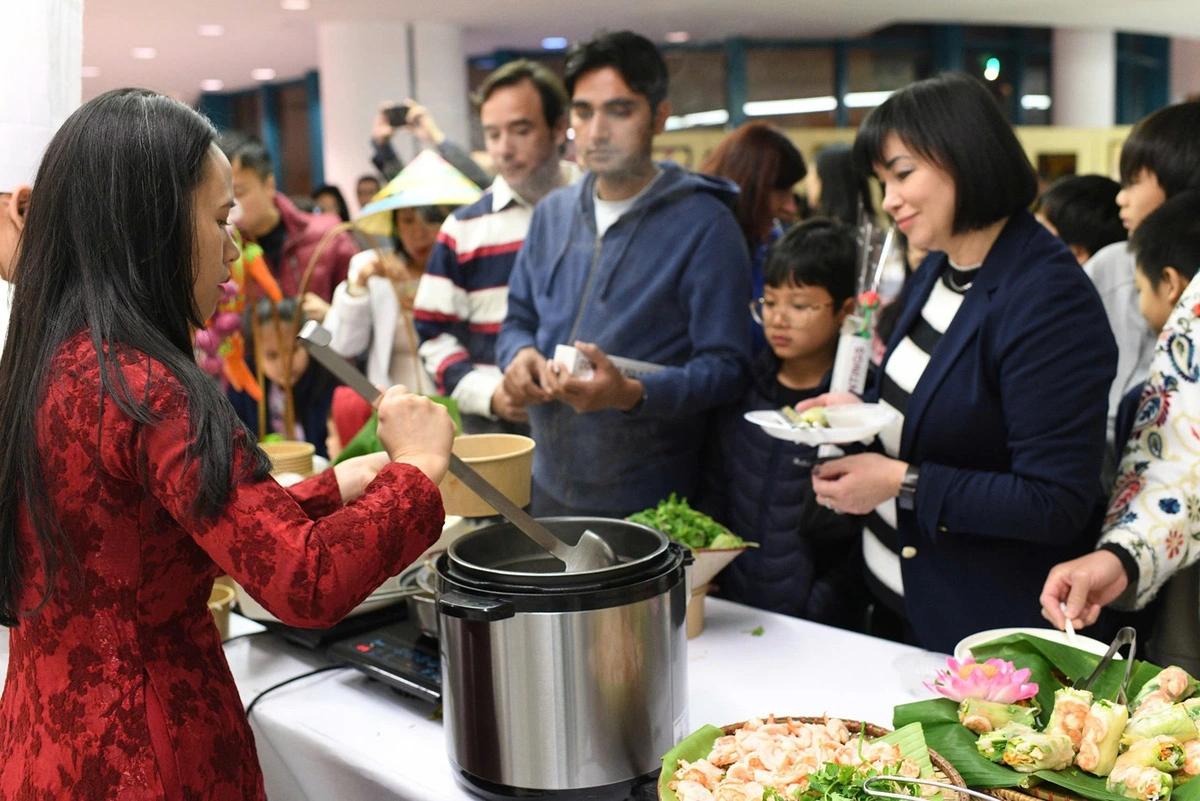Experts emphasize that Hanoi’s urban development planning should prioritize cultural cohesion and diversity to create an equitable and sustainable living environment. This approach is in line with Politburo’s Conclusion No. 80-KL/TW, which outlines Hanoi’s long-term vision, and underscores the importance of culture and people as the foundation, driving force, and essential resources for the city’s progress.
Crafting Cultural Havens
Hanoi’s municipal leaders are committed to this cultural-centric vision, evident in their ongoing efforts to shape the capital’s planning for 2021-2030, with a forward-looking perspective until 2050. They affirm that the city’s culture and its citizens are pivotal to its sustainable future.
Vice Chairman of the Hanoi People’s Committee, Ha Minh Hai, articulates this sentiment, stating, “Building and developing culture and human resources is a critical mission, providing the foundational strength and impetus to forge a ‘Civilized, Modern, and Cultured’ capital.”
In line with this directive, the consulting unit has established overarching goals and specific targets for Hanoi’s cultural evolution. This includes the creation of distinctive cultural spaces to incubate cultural industries and inspire creative urban areas. Hanoi will focus on developing cultural axes, with a notable highlight being the Red River Festival Space, featuring a heritage road that showcases Vietnam’s history, landscapes, and people along the riverbanks. This space will also reverberate with traditional cultural festivals from diverse regions, bringing them to life.
Additionally, plans are underway for a cultural and arts hub around the picturesque West Lake, complete with professional performance centers. Historical sites and cultural landmarks will be revitalized using cutting-edge technology, and museum and library spaces will be established, offering exhibitions and displays that celebrate Hanoi’s cultural and artistic tapestry.
The city’s architectural landscape will reflect its cultural identity, with residential and urban development in central and new areas. Iconic structures will grace the squares and festival spaces along the West Lake – Co Loa axis and the new administrative center, while cultural and craft village spaces will be transformed into tourist attractions, showcasing ancient villages and traditional craft products.
Long-standing observers of Hanoi’s urban evolution agree that a people-centric development philosophy is essential, with a priority on nurturing the cultural milieu. They assert that without cultural ties, a connection to history is lost, and for a city like Hanoi, with its millennium of cultural wealth, this link is indispensable.
Synergizing Cultural Preservation with Smart City Initiatives
Dr. Nguyen Quang, former Director of UN-Habitat Vietnam, underscores the importance of balancing cultural cohesion and diversity in urban planning. He highlights Hanoi’s unique blend of historical and cultural layers along the Red River and emphasizes the need to harness its vibrant social assets, including creativity, art, culture, and life.
Associate Professor Pham Duy Duc, formerly of the Institute of Culture and Development, suggests that preserving and respecting traditional cultural landmarks, such as the Old Quarter, Thang Long Imperial Citadel, and Van Mieu-Quoc Tu Giam, alongside Buddhist architecture, temples, palaces, and French colonial-era buildings, is essential for harmonious integration. Additionally, he advocates for creative cultural spaces to foster innovation in culture and the arts.
According to Professor Duc, “Developing urban areas to encourage cultural and artistic expression means providing artists and art groups with platforms to perform and exhibit. These creative hubs should extend beyond the inner city to suburban and rural areas, ensuring a diverse and inclusive cultural landscape.”
The expanded Hanoi encompasses the cultural streams of Thang Long and Xu Doai, integrating elements of Kinh Bac and Son Nam Thuong cultures. Urban planners are advised to consider the unique characteristics of these cultural regions to enhance Hanoi’s sustainable progress while respecting and celebrating its cultural diversity.
Collaboration with local communities and residents is vital to ensuring that urban planning reflects and serves the city’s cultural mosaic. This collaborative approach safeguards the interests of residents, who are pivotal stakeholders in Hanoi’s urban transformation, and creates new momentum for its sustainable future. International cooperation and knowledge-sharing with other cities, especially within ASEAN, are also encouraged to preserve and promote cultural values effectively.
The utilization of smart technology to preserve and showcase cultural heritage, such as developing smart tourism guide applications, can create opportunities for local artists and artisans. Supporting local cultural talent through creative initiatives is essential to keeping Hanoi’s cultural heartbeat strong.
As Associate Professor Dr. Pham Thi Thu Huong, Rector of Hanoi University of Culture, asserts, “Combining the preservation and advancement of Hanoi’s cultural identity with smart and sustainable city development will result in a diverse and vibrant living environment for residents and visitors alike.”

